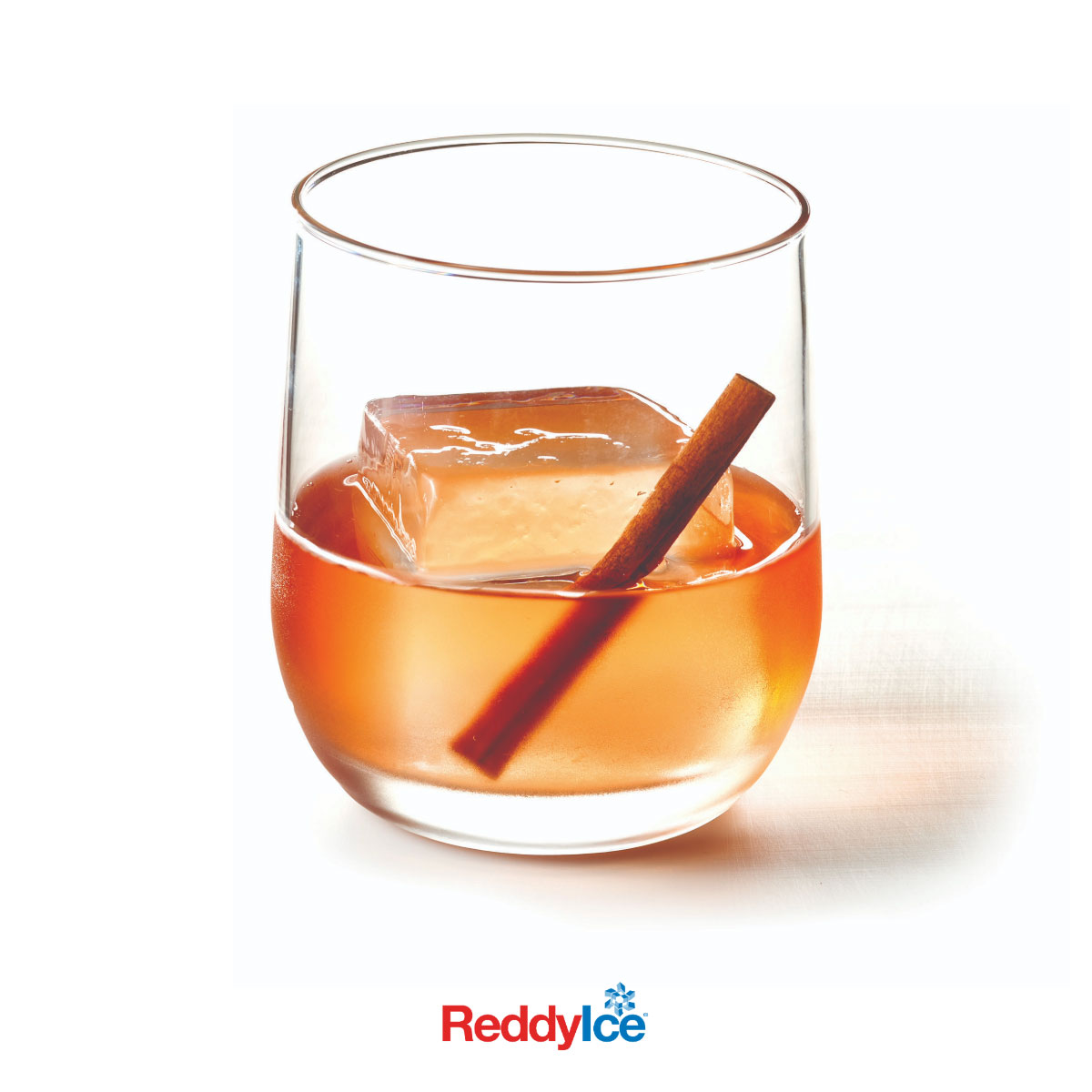Craft Ice – What’s the Big Deal?

The Rise of Craft Ice in Upscale Drinks
If you’ve ever enjoyed a memorable cocktail, there’s a good chance the experience involved a perfectly cut cube of clear ice. Over the past 10 years, “artisan” or “craft” ice has become an essential component of any upscale cocktail. This trend has resulted in restaurants offering elaborate and varied drink menus, stocked with updated prohibition-era cocktail recipes with quirky or irreverent titles – and each sold at a premium price, to boot.
The Ancient Appeal of Chilled Drink
Chilled drinks aren’t new – as far back as the 5th century BC, ancient Greeks enjoyed snow, flavored with honey or nectar, and Egyptian royalty chilled their wine and water with ice; but for thousands of years, beverage ice was primarily reserved for the wealthy. This exclusivity was due to the cost of harvesting and transporting ice from colder to warmer climates where it was in demand.
In the 19th century, Boston native Frederic “Ice King” Tudor famously popularized ice and its many household uses, including chilling cocktails and keeping ice cream frozen. During this era, ice was harvested from ponds and lakes using horse-drawn plows and was soon being shipped around the world for distribution.
Large sections of these cut ice blocks appeared perfectly clear, thanks to a natural process called “directional freezing.” In a body of water, ice freezes from the top down because the water insulates it on three sides. As water freezes, its molecules arrange into hexagonal patterns, forming ice crystals. These crystals are less dense than the surrounding water, allowing them to float. This process pushes air and impurities into the denser water below, resulting in a layer of solid, clear ice at the surface.
A New Era Begins
The onset of electric refrigeration in the early 20th century marked a shift from ice harvesting to ice manufacturing. Ice suddenly became much easier and cheaper to produce, and almost overnight, the days of beautiful, clear ice were gone.
Almost a century later around 2010 nostalgic craft ice” started gaining popularity in the U.S., helping bars and restaurants enhance their cocktail offerings. Cocktails with craft ice are typically made with fresh ingredients and artisanal techniques that focus on unique flavors and presentation.
More Than Just Ice
Craft ice enhances drinks in a few ways. First, it melts slowly, preserving the drink’s potency and allowing one to savor the complex flavors without quick dilution. It enhances the experience of cocktails, which are meant to be enjoyed over time, not rushed. Aesthetically, craft ice is clear, symmetrical, and visually pleasing. Its heavier weight creates a satisfying “thud” as it moves in the glass, giving the drink a more substantial feel. This added weight and sound encourage a slower, more relaxed pace of enjoyment, perfect for deep conversation and savoring the moment.
Today, craft ice is created through a carefully controlled manufacturing process that involves slow freezing. Specialized molds or machines use directional freezing techniques, allowing impurities and air bubbles to escape before the ice solidifies. This method produces large, clear blocks that are then cut or shaped into specific sizes, typically cubes or spheres. The result is ice that melts more slowly and dilutes drinks less, enhancing both the visual appeal and taste. Ultimately, craft ice has never been about convenience or cost-savings – it’s always been sought out by those who value creating an experience, savoring a moment, and developing memories that last.
